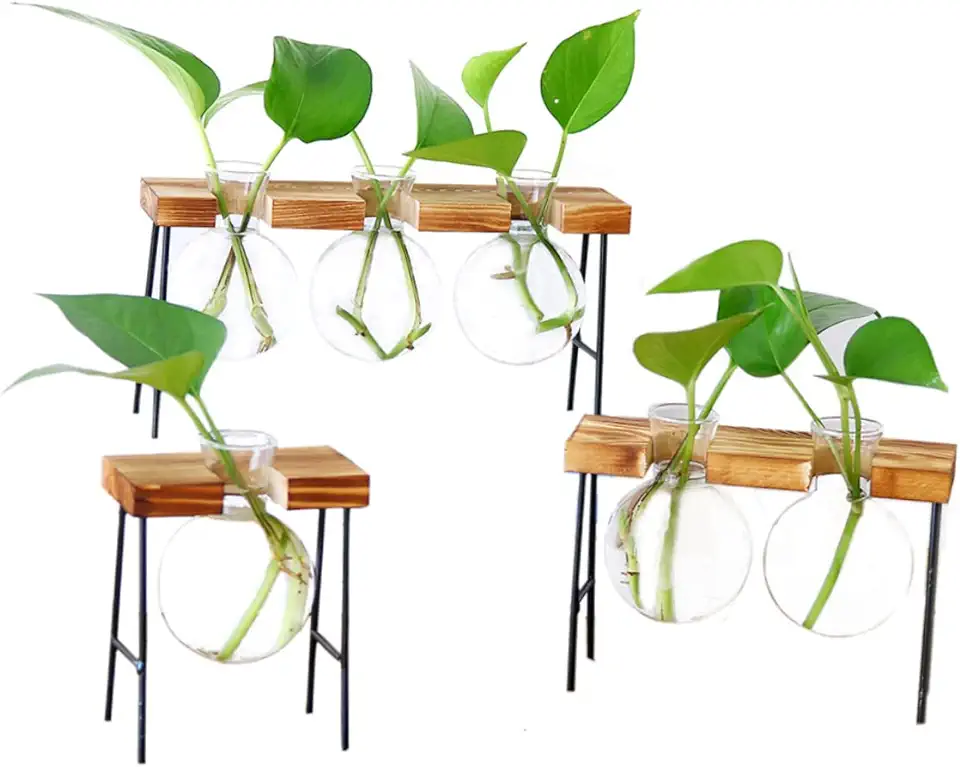
Houseplants - Globo
Houseplants: A Guide to Choosing, Growing, and Caring for Indoor Plants
Introduction
In today's fast-paced world, where stress and anxiety seem to be a constant companion, it's more important than ever to find ways to relax and connect with nature. One of the best ways to do this is by bringing the outdoors in with houseplants.
Houseplants not only add beauty and life to your home, but they also provide a number of health benefits, including reducing stress, improving air quality, and boosting mood. In fact, studies have shown that simply being around plants can help to lower blood pressure, reduce heart rate, and improve cognitive function.
Choosing the Right Houseplants
With so many different types of houseplants to choose from, it can be difficult to know where to start. Here are a few things to consider when selecting plants for your home:
- Light requirements: Some plants need a lot of sunlight, while others can tolerate low light conditions. Make sure to choose plants that are suited for the amount of light your home receives.
- Water requirements: Some plants need to be watered frequently, while others can go for long periods of time without water. Choose plants that are compatible with your lifestyle and watering habits.
- Size: Consider the size of the plants you choose, both at the time of purchase and at maturity. Make sure they will fit comfortably in the space you have available.
- Toxicity: Some plants are toxic to pets or children. If you have pets or children, be sure to choose plants that are non-toxic.
Growing and Caring for Houseplants
Once you've chosen the right houseplants, it's important to know how to properly care for them. Here are a few tips:
- Watering: Water your plants when the top inch of soil is dry. Avoid overwatering, as this can lead to root rot.
- Fertilizing: Fertilize your plants according to the package directions. Over-fertilizing can damage plants.
- Repotting: Repot your plants when they outgrow their pots. Choose a pot that is only slightly larger than the root ball.
- Pruning: Prune your plants regularly to keep them healthy and looking their best.
Troubleshooting Common Houseplant Problems
Even the most experienced plant parents can run into problems from time to time. Here are a few common houseplant problems and how to fix them:
- Leaves turning yellow: This can be a sign of overwatering, underwatering, or nutrient deficiency. Check the soil moisture and fertilize your plant if necessary.
- Leaves drooping: This can be a sign of underwatering, too much sunlight, or a draft. Water your plant and move it to a location with less direct sunlight.
- Pests: Pests can be a nuisance, but they can also damage your plants. Treat pests with an appropriate pesticide.
Conclusion
Houseplants are a great way to add beauty, life, and health to your home. By choosing the right plants and caring for them properly, you can enjoy the benefits of houseplants for years to come.
Order Your Copy Today!
Houseplants is the essential guide to choosing, growing, and caring for indoor plants. With over 150 pages of information, this book will teach you everything you need to know to create a beautiful and healthy indoor garden.
Order your copy today and start enjoying the benefits of houseplants!